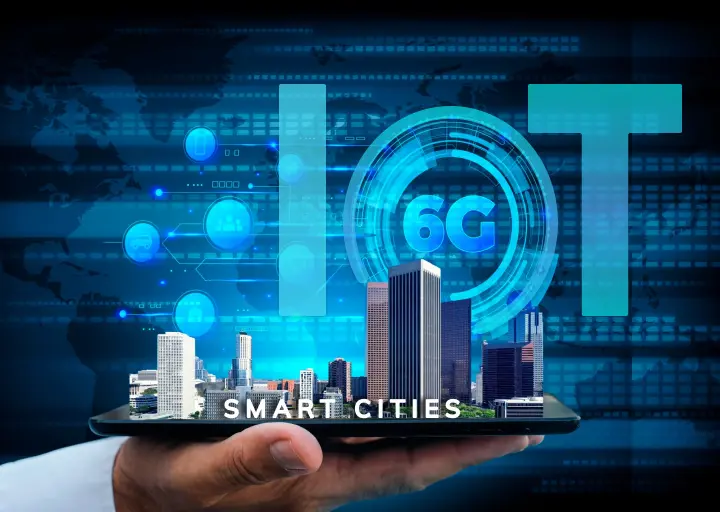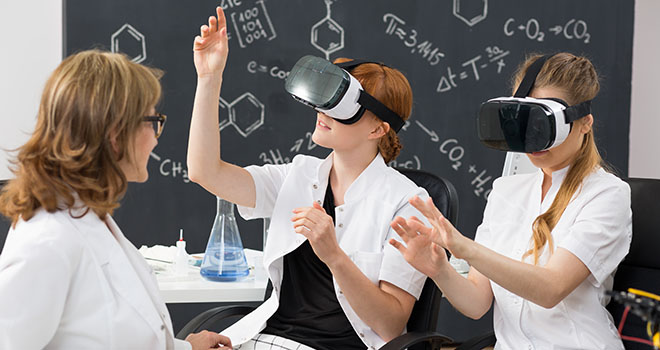Key Components of VR
- Headset: The primary interface between the user and the virtual world, VR headsets come in various shapes and sizes, but they all feature high-resolution displays and head-tracking capabilities.
- Controllers: These input devices allow users to interact with virtual environments, whether wielding a virtual sword, painting in 3D space, or navigating menus and interfaces.
- Sensors: Motion sensors track the movement of the user’s head and body, translating real-world motions into virtual actions and enhancing the sense of immersion.
- Software: VR experiences are powered by software applications, including games, simulations, educational content, and virtual tours.
Applications of Virtual Reality
- Gaming: Perhaps the most well-known application of VR, gaming allows players to step into the shoes of their favourite characters and explore fantastical worlds with unprecedented levels of immersion.
- Education: VR has the potential to revolutionize education by providing immersive simulations and interactive learning experiences, from exploring ancient civilizations to conducting virtual science experiments.
- Healthcare: In healthcare, VR is used for everything from pain management and therapy to surgical training and rehabilitation, offering safe and controlled environments for medical professionals and patients.
- Architecture and Design: Architects and designers can use VR to visualize and iterate on their creations, allowing clients to experience spaces before they are built and making the design process more collaborative and efficient.
- Social Interaction: VR enables social interaction in virtual spaces, where users can meet, chat, and collaborate with others from around the globe. Virtual worlds provide opportunities for socializing, networking, and shared experiences.
- Training and Simulation: VR is used for training across various industries, including aviation, manufacturing, and emergency response. Simulations allow trainees to practice skills and procedures in realistic scenarios without real-world consequences.
- Therapy and Rehabilitation: VR is utilized in therapy and rehabilitation to treat conditions such as phobias, PTSD, and physical injuries. Immersive experiences can help patients confront and overcome fears or provide engaging exercises for physical rehabilitation.
Tips for Getting Started with VR
- Choose the Right Hardware: When selecting a VR headset, consider factors such as budget, system requirements, and intended use.
- Create a Comfortable Environment: Ensure you have enough space to move around safely, and consider investing in accessories like VR mats or cable management systems to enhance comfort and immersion.
- Explore Diverse Content: VR offers a wide range of experiences beyond gaming, so don’t be afraid to explore educational apps, immersive films, and virtual travel experiences.
- Mind Motion Sickness: Some users may experience motion sickness or discomfort when using VR, especially during fast-paced or intense experiences. Start with shorter sessions and gradually build up your tolerance.

The Future of Virtual Reality
As technology continues to evolve, the possibilities for virtual reality are seemingly limitless. From advancements in hardware like eye-tracking and haptic feedback to integrating AI and social interaction, VR is poised to become even more immersive, accessible, and transformative.
In conclusion, virtual reality represents a paradigm shift in how we interact with digital content and experience the world. Whether you’re a gamer, educator, healthcare professional, or simply curious explorer, VR offers a gateway to new realities limited only by our imagination.
So, strap on your headset and prepare to embark on an unforgettable journey into the boundless realms of virtual reality. The adventure awaits!




